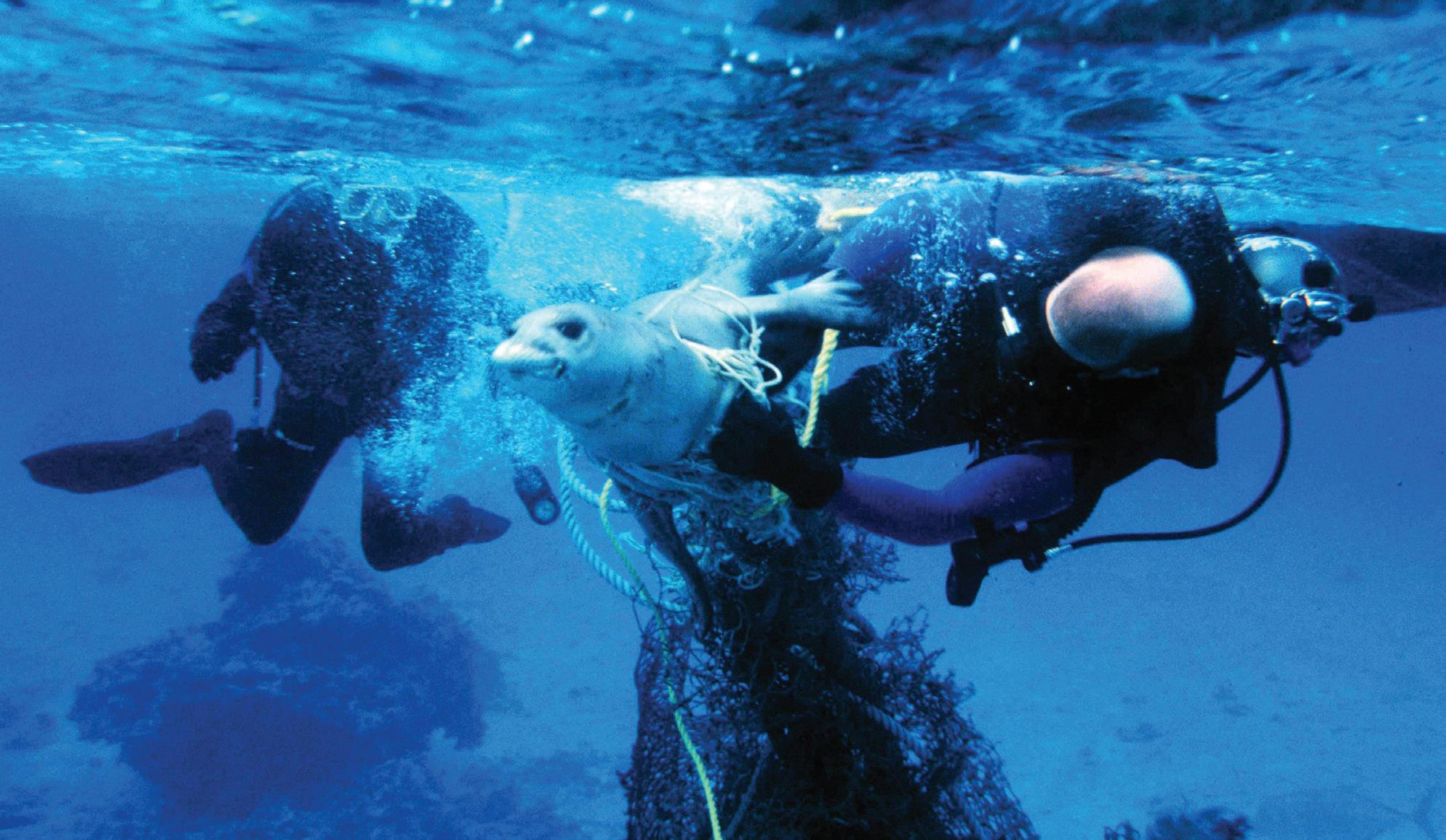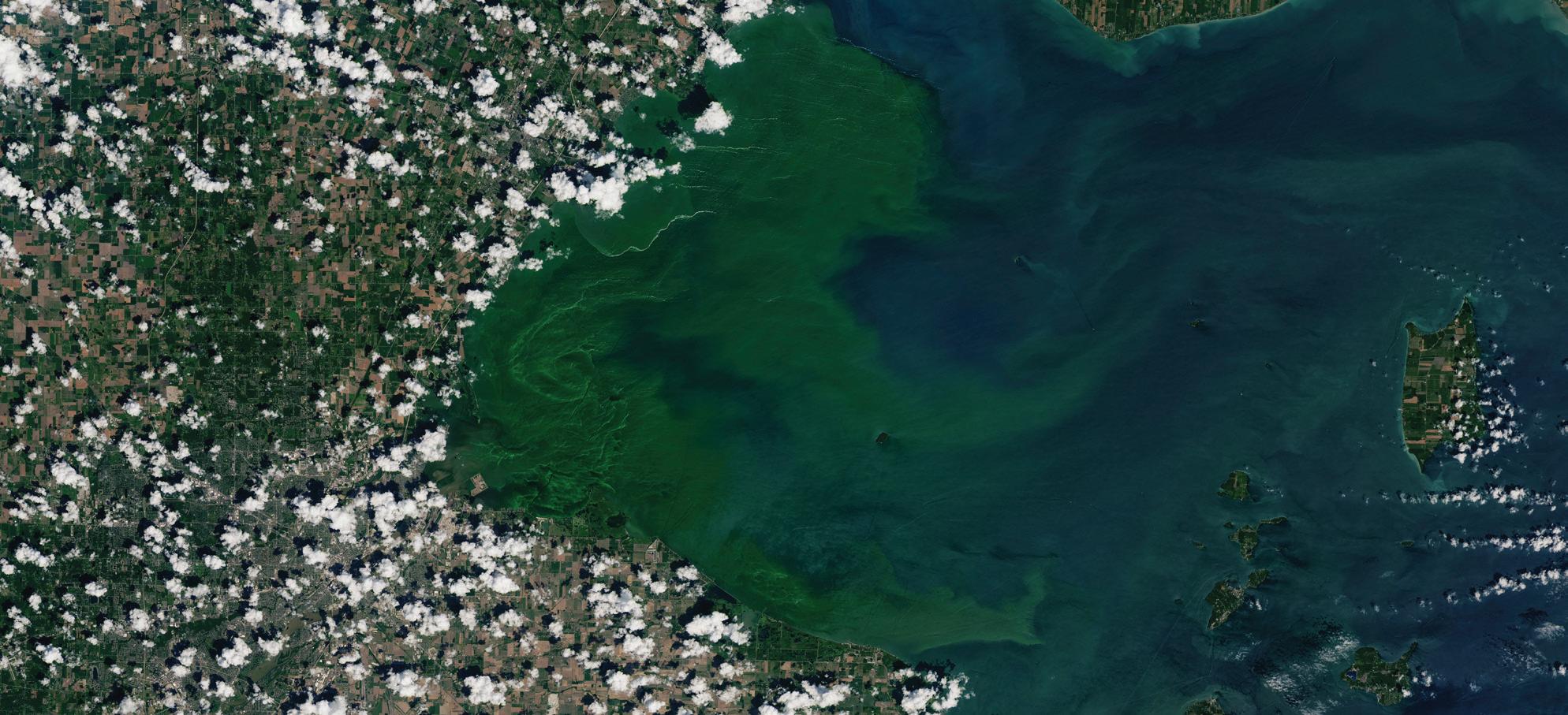NOAA TODAY
The Coral Reef Conservation Program An all-hands approach to conserving, protecting, and restoring coral reefs By Craig Collins
1912
Two divers work together to replant staghorn coral to a reef.
outplant coral nurseries throughout the sanctuary’s 255 continuous miles. According to Jennifer Koss, who directs NOAA’s Coral Reef Conservation Program (CRCP), the historic restoration effort is “very much meant to be a public-private partnership initiative, with NOAA having created the blueprint of what is to happen, sketching out the number and diversity of species in each place,
First Fire Weather Forecast issued; fire weather service formally inaugurated in 1926.
44
1915
how they are to be planted, and how it’s phased out over a few years. It’s really meant to be a first pilot of largescale ecosystem restoration.” Corals are marine invertebrates that live in symbiosis with a species of algae. The reefs, which form over time when their larvae attach to submerged rocks or other hard surfaces, are among the most beautiful ecosystems on earth. They are treasured for their
First radio broadcast of a weather forecast from Illiopolis, Illinois.
PHOTO BY A. NEUFELD/CORAL RESTORATION FOUNDATION
I
t’s North America’s only barrier reef: Florida’s Coral Reef, about six miles off the coast. In waters from 15 to 30 feet deep, it traces the outline of south Florida in an arc from the St. Lucie Inlet in Martin County, through the Florida Keys to the Dry Tortugas, more than 60 miles past Key West. The Florida Keys National Marine Sanctuary comprises 255 continuous miles of this reef, and is the number one dive destination in the world, hosting millions of divers and snorkelers annually. But the corals in the Keys are suffering. “If you’d been diving in the Florida Keys in the 1980s, and were to go back and dive there today,” said John Armor, director of NOAA’s Office of National Marine Sanctuaries, “you’d probably cry. Some parts of the Keys have been devastated by coral disease or ship groundings. But because we have a sanctuary there, we have an opportunity to turn that around. We’re working hard on a project we call Mission: Iconic Reefs.” Mission: Iconic Reefs is an effort to use everything NOAA and its partners know about coral restoration to









































